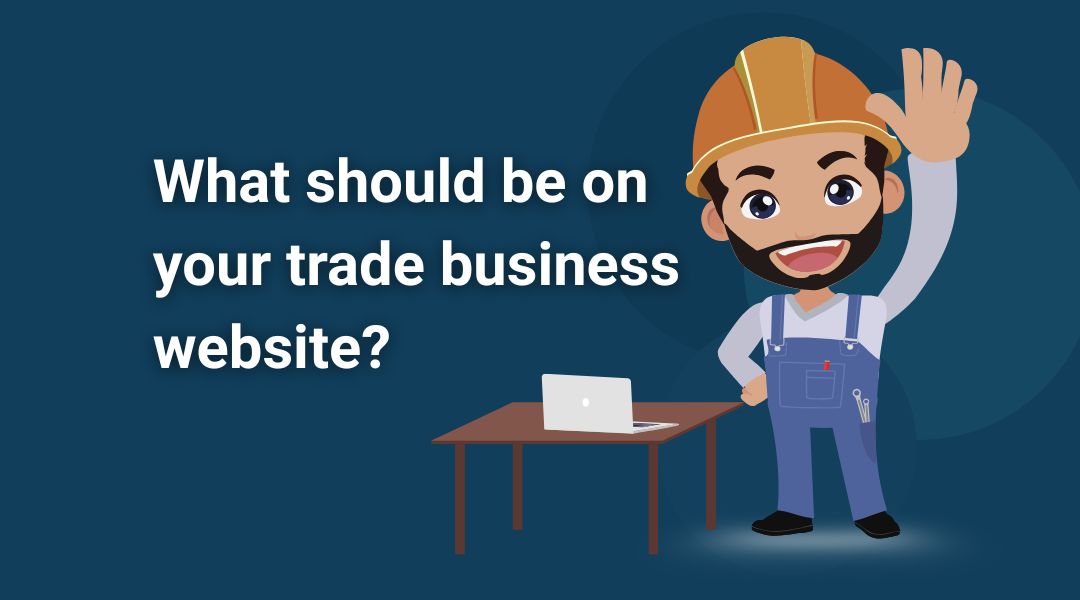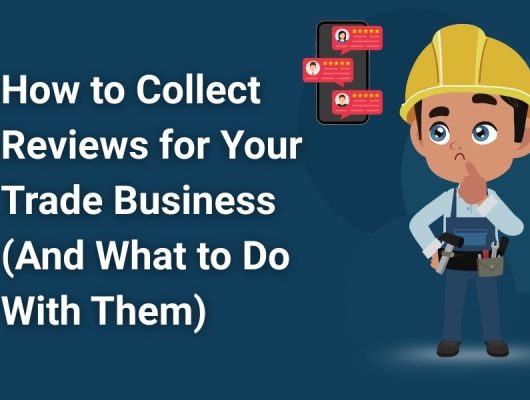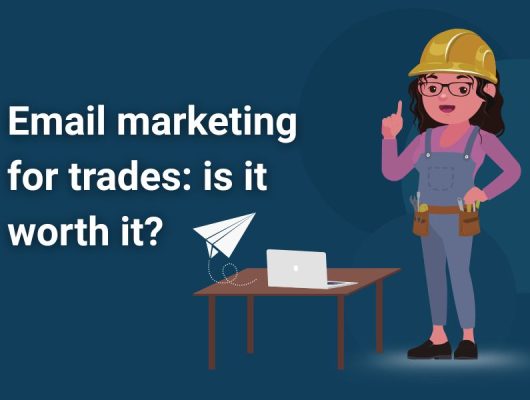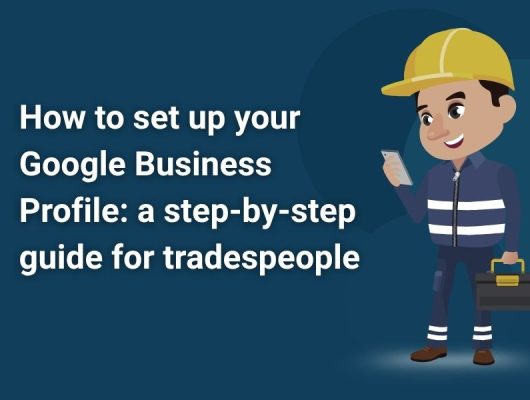Your website is often the first place potential customers go when deciding who to hire, so it needs to do more than just look nice — it needs to build trust and generate leads.
Topics covered:
- Why your website matters more than ever
- The essential pages every trade website should include
- What content you need to build trust
- How to turn visitors into enquiries
- Common website mistakes to avoid
- What to do if you’re just getting started
Why your website matters
In a world where most people start their search for a tradesperson online, your website acts as your digital shopfront. It’s where potential customers make their first judgement about your business, often before they pick up the phone or send a message. A clean, clear, and professional-looking website can make the difference between winning or losing a job. Even if most of your work comes from word-of-mouth, many people will still Google you before getting in touch. That means your website has to quickly show you’re trustworthy, experienced, and easy to contact.
The essential pages your trade website should have
A good website isn’t about how many pages you have — it’s about having the right ones, clearly written and easy to navigate. These aren’t just “nice to haves,” they’re the core structure that customers expect to see. Without them, visitors can get confused or frustrated, and you risk losing the job before they ever reach out. Each page should answer specific questions: What do you do? Who are you? Can I trust you? How do I get in touch?
At a minimum, include:
- Home page: A quick summary of who you are, what you do, and where you work. This is your chance to make a strong first impression. Don’t overcomplicate it — keep the layout clean and the messaging simple.
- Services page(s): Go beyond listing your trade. Break it down into clear services and, where possible, include separate pages for each. This improves SEO and helps visitors find what they’re looking for more easily.
- About page: This is where you humanise your business. Share your experience, qualifications, and what sets you apart. People are far more likely to trust someone they feel they’ve “met” online.
- Gallery or case studies: Before-and-after photos, recent job write-ups, and even short stories about the work you’ve done show off your skills and give customers confidence in your abilities.
- Contact page: Don’t make people work hard to reach you. Keep your phone number, email, and a contact form easy to find and use. Bonus points for including a map if you have a base or office.
- FAQs: A simple but effective page. Answering common questions helps reduce hesitation and makes you look professional and prepared.
What content builds trust
People don’t always know what good plumbing, plastering, or joinery looks like — but they do know what trust feels like. Your website should provide the kind of reassurance that gets people over the line. That means showing proof that you’re experienced, reliable, and easy to work with.
Build trust with:
- Photos of real work, not stock images — even a quick smartphone picture of a recent job looks more authentic
- Customer reviews and testimonials, either from Google, Checkatrade, or gathered yourself
- Any accreditations or certifications, like Gas Safe or Part P, displayed clearly
- Contact info and service areas that show you’re a real, local business
Turning visitors into enquiries
Getting people onto your website is only half the job — the next step is making it as easy as possible for them to get in touch. This is where many trade websites fall short. Too many bury the contact details, overcomplicate the forms, or rely on a single call to action right at the bottom of the page.
Here’s what works:
- Make your phone number and email clearly visible, especially on every page
- Use calls to action throughout your site — not just “Contact us” but also “Get a free quote” or “Call now to book”
- Keep your contact forms short — long forms can be a barrier
- Offer a simple reason to enquire, like “free estimates” or “quick turnaround times”
Common mistakes to avoid
Even if your business is brilliant, a poorly built website can send the wrong message. Mistakes like confusing navigation, outdated information, or vague copy can all cost you work. You don’t need a flashy site, but you do need one that’s functional and professional.
Watch out for:
- Mobile issues — if your site doesn’t work well on a phone, you’re losing leads
- Slow loading speeds, which frustrate users and harm search rankings
- No clear messaging — if someone can’t work out what you do in five seconds, they’ll move on
- Generic content that doesn’t reflect your personality or specialism
- Old or missing contact info, which makes you look unreliable
What to do if you’re just getting started
Don’t panic if your website is currently just a holding page or something you threw together years ago. Everyone has to start somewhere. The good news is you don’t need a massive site to start winning more work — just a clear message, a few strong pages, and some good photos of your work.
If you want to learn how to build a website that actually brings in leads — and understand how to optimise it for local search — check out our Lead Generating Websites & SEO for Trades course. It’s designed for tradespeople, no jargon or technical fluff — just what works.







